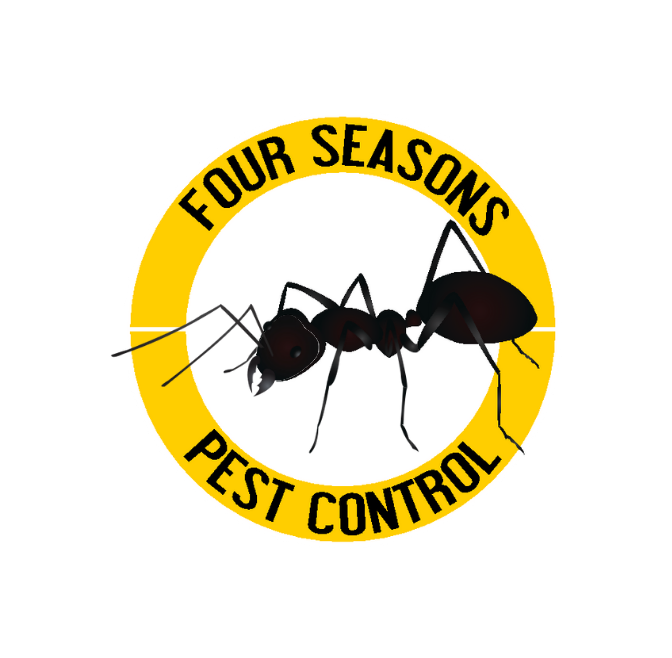Crickets
What is a Cricket?
Appearance: Crickets are small to medium-sized insects belonging to the Gryllidae family. Crickets have long antennae, powerful hind legs for jumping, and two pairs of wings. The front wings are tough and leathery, and the hind wings are membranous and used for flying. Crickets come in various colors, including brown, black, and green, depending on the species.
Nesting Habits: Crickets burrow and nest in warm, dark, and moist environments. This may be places such as under rocks, logs, leaf litter, or in burrows they dig themselves. Some species of crickets also exhibit communal nesting behavior, where multiple crickets may live together in the same burrow.
Diet: Crickets are omnivorous insects, meaning they eat both plant matter and other insects. They mainly eat plant materials such as leaves, fruits, and seeds. They also will eat small insects, including aphids, caterpillars, and other soft-bodied insects. Some crickets may also scavenge on decaying organic matter.
Damage: Crickets damage plants, crops and fabrics, even though they're considered harmless to humans. When crickets are in the house they may chew on fabrics, paper, and even wall coverings, causing minor damage.
Behavior: Crickets are nocturnal insects which means they are most active during the night. Crickets make a chriping sound. This sound is produced by rubbing their wings together. The male cricket uses this to attract females.
How to get rid of Crickets
- Seal cracks and gaps around doors, windows, and foundation
- Store food in airtight containers
- Clean up spills and crumbs promptly
- Maintain proper ventilation to reduce moisture levels
- Repair leaky faucets and pipes
- Keep outdoor lights off or use yellow or sodium vapor lights that are less attractive to insects
- Declutter storage areas and keep the perimeter of your home free from debris
- Use a pest control professional for regular treatment.
Even though crickets play an important role in our ecosystem, controlling cricket populations is important to prevent damage to gardens, and property. Give us a call for a free quote at (NC) 252-453-3601 or (VA) 757-729-1744.
Contact Us
What Attracts Crickets in the House?
This could be a number of things such as
Food Sources: Such as left out pet food, crumbs or spills, plants or flowers indoors.
Moisture: Areas such as leaks, damp crawlspaces, standing water and even over-watered houseplants.
Shelter: They like to hide in places like cluttered storage areas. Outside of the home it may be areas such as piles of leaves or other debris near the home. Any entry points around the home such as cracks or crevices in walls, foundation or siding.
Light: Warm heated areas around the home. Gaps around doors and wings where warm air escapes.
Can Pest Control Get Rid of Crickets?
 Button
ButtonAbsolutely, whether it is a one-time service or a regular maintenance plan, pest control can help control cricket populations.
